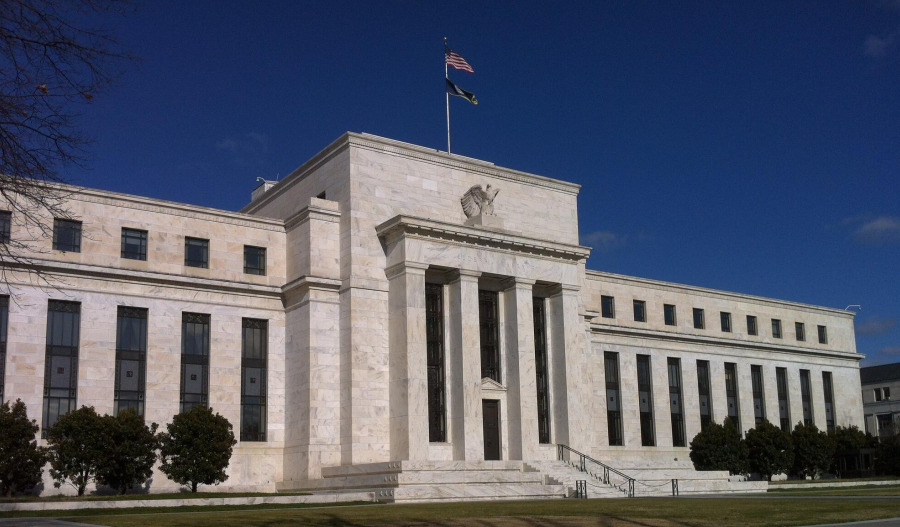United States inflation edged higher in June, with consumer prices rising in line with expectations but prompting renewed political pressure on the Federal Reserve to lower interest rates. President Donald Trump cited the latest inflation data as evidence that the central bank should act aggressively to ease monetary policy.
The consumer price index (CPI), a broad measure of goods and services costs, increased 0.3% over the month, lifting the annual inflation rate to 2.7%, according to the Bureau of Labour Statistics (BLS).
The figure matched market expectations and marked the highest annual rate since February, remaining above the Federal Reserve’s 2% target.
Core inflation, which excludes food and energy, rose by 0.2% over the month. Year-on-year, it came in at 2.9%, also in line with expectations.
However, the monthly increase was slightly below the anticipated 0.3% gain, suggesting modest underlying inflationary pressure.
Prior to June, inflation had been steadily moderating. The headline CPI stood at 3% annually in January, and had been declining each month, despite persistent concerns that Trump’s escalating trade tariffs would stoke consumer prices.
June’s data offered a more nuanced picture. While some tariff-sensitive categories showed increases, others declined.
Prices for new vehicles fell 0.3%, and used car and truck prices dropped 0.7%. In contrast, apparel prices, often exposed to international trade friction, rose 0.4%. Household furnishings, also affected by tariffs, increased 1% over the month.
Shelter prices, the largest single component in the CPI, rose 0.2% in June and 3.8% over the year. The index measuring owner-equivalent rent climbed 0.3%, while lodging away from home slipped by 2.9%.
President Trump seized on the report to amplify his criticism of the Federal Reserve and its chairman, Jerome Powell. “Consumer Prices LOW. Bring down the Fed Rate, NOW!!!” Trump posted on Truth Social. He added: “Fed should cut Rates by 3 Points. Very Low Inflation. One Trillion Dollars a year would be saved!!!”
Food and energy also contributed to the overall rise in prices. Food prices increased by 0.3% on the month, taking the annual gain to 3%.
Energy prices reversed a May decline, rising 0.9%, though they remain slightly lower compared to a year ago. Medical care services rose 0.6%, and transportation services inched up 0.2%.
However, rising prices have weighed on real wages. Inflation-adjusted hourly earnings fell 0.1% for the month, though they remain up 1% year-on-year, according to a separate release from the BLS.
Trump has long argued that the Fed’s refusal to cut rates is exacerbating America’s fiscal burdens, particularly the cost of servicing its growing debt.
Despite the president’s repeated demands, the central bank has held rates steady since its last move in December.
Federal Reserve Chair Jerome Powell has repeatedly stated that the economy remains strong enough for policymakers to wait and assess the full impact of tariffs and other external factors before adjusting rates.
Trump, frustrated by the Fed’s stance, has publicly called for Powell’s resignation and is expected to replace him when his term expires in May 2026.
According to the CME FedWatch Tool, markets currently expect the Federal Reserve to leave rates unchanged at its next meeting at the end of July, with a 53.5% chance of a 25-basis point rate cut in September.



